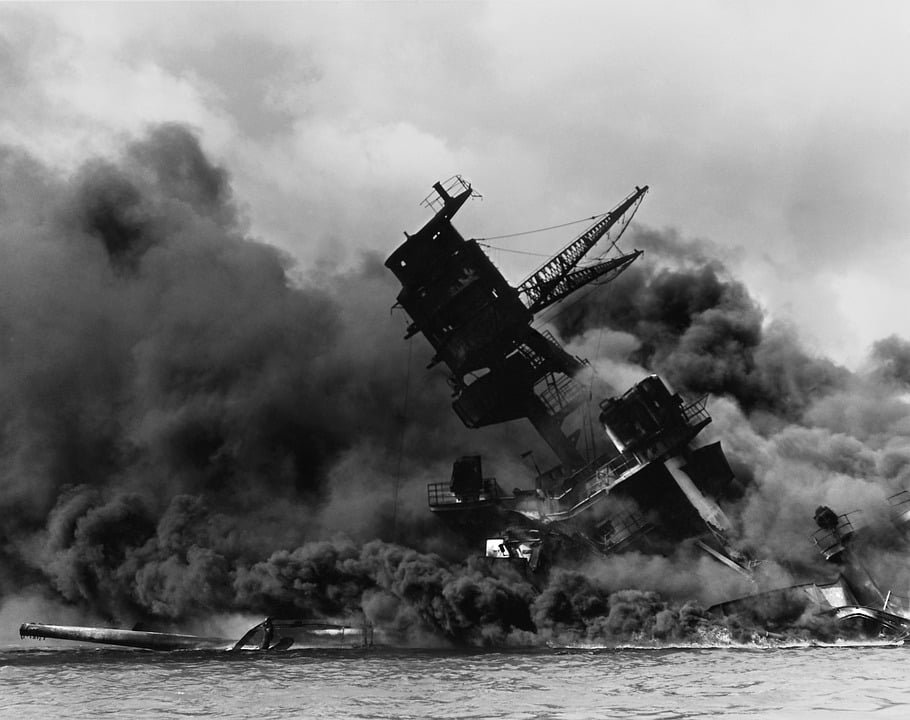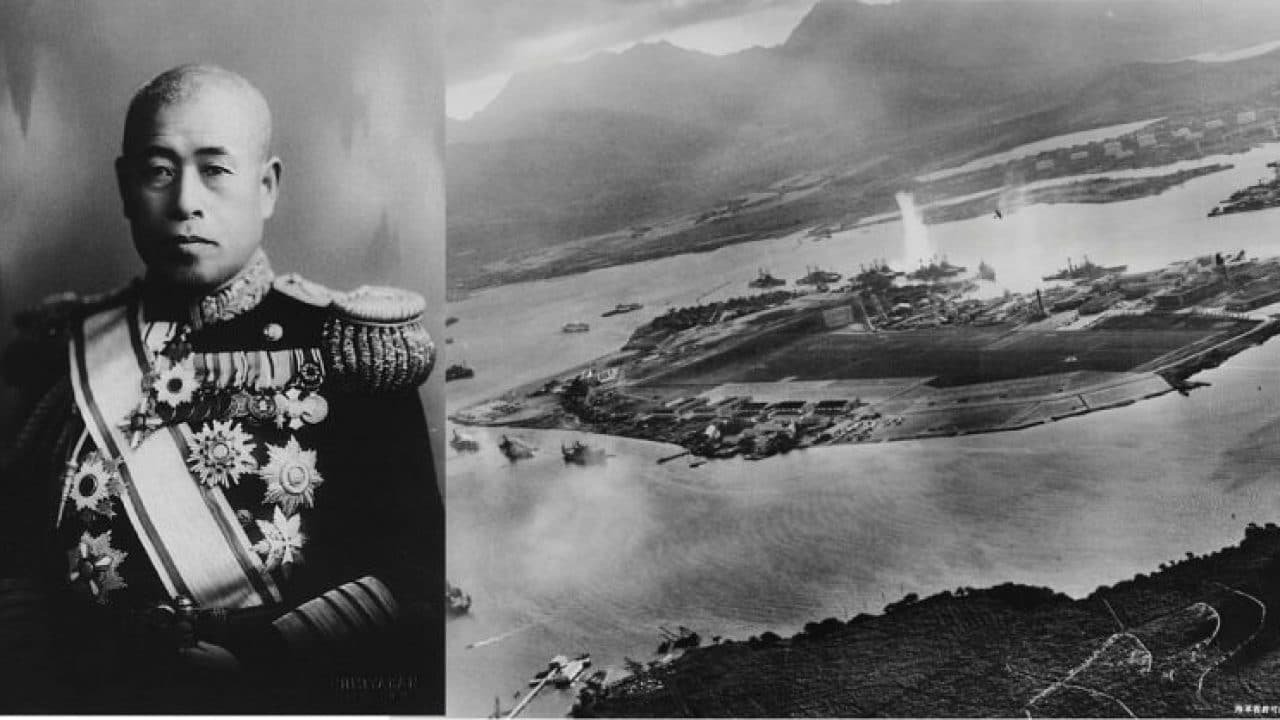According to Franklin Delano Roosevelt, December 7, 1941, was a “date which will live in infamy”, The surprise attack on Pearl Harbor by Japanese forces led the United States to enter into World War II.
The United States Before Pearl Harbor Attack:
The States had a political and economical fascination with China and East Asia. A Tripartite Pact, mutual military assistance was created by Hitler between Japan, Germany, and Italy in September of 1940. These 3 nations produced what is known as Axis 1. The western forces put an embargo on shipments of oil as well as other raw material to Japan as peace talks were lessening during the summertime of 1941. This embargo was viewed as a menace by the Japanese government. The resource-wealthy territories of Southeast Asia were appropriated by Japan. All Indo-china was occupied by Japan within that year. War with Japan was becoming inevitable.
States Off-shore Fleet to Pearl Harbor:
To immobilize the United States Navy before the start of the war in the Pacific, the Admiral Isoroku Yamamoto, commander in the Japanese fleet, produced an unpredicted attack after realizing the threat that the Off-shore Fleet posed to Japan. Aerial power, planning and training, and above all surprise was what the plan of Admiral Yamamoto would have required. 6 aircraft carriers using more than 420 planes, several fast battleships, cruisers, destroyers, and tankers were used to fuel the ships round the journey. Admiral Yamamoto started practicing the special tactics that could be found in the attack in the year of 1941. The naval general staff gave final approval for Yamamoto’s plan in October in the same year.
Source: warhistoryonline
Pearl Harbor Attack Timeline:
November 26, 1941
Vice Admiral Nagumo’s fleet departed Tankran Bay inside the Kurile Islands for Pearl Harbor in secrecy. Vice Admiral Nagumo, as well as the Japanese attack pressure, was 200 miles north of Oahu by the start of December 7.
Source: MSN
December 7, 1941
3:42 a.m.
The U.S. Minesweeper Condor spots something in water within the entrance of Pearl Harbor during petrol less than 2 miles. The officer in the deck spots a periscope in the sub just fifty yards in the port bow.
A blinker message “Sighted submerged submarine on a westerly course, speed 9 knots2” was transmitted by the Condor for the destroyer Ward.
6:00 a.m.
A preliminary attack wave heads south to Pearl Harbor when Commander Mitsuo Fuchida leads Japan an air attack at 6:00 AM. Torpedo planes, high-level bombers, dive-bombers, and fighters included in the initial attack wave. Japanese pilots reconfirm their navigation after using a Honolulu radio station’s music just like a guiding beam. Another attack wave comparable to the size of the first attack was introduced in the carriers’ hangar decks and sent off to Oahu’s southern shore 2.
6:45 a.m.
The soldiers were commanded to open fire by the captain in the Ward, Lt. William W. Outerbridge. The initial shot misses but the second strikes the submarine, sinking it.
7:40 a.m.
Commander Mitsuo Fuchida orders his telegraph operator to tap Tora, Tora, Tora: Attack, surprise achieved, when the initial wave in the Japanese aircraft attack arrives on Oahu. In addition to the individuals on Ford Island that started the attack, dive-bombers started hitting airfields around 7:55. The goal of the synchronized attacks was to destroy the American planes before they may rise to intercept Japan 3.
The battleships around Ford Island and “Battleship Row” were targeted. The attack damaged and sank several ships besides Ford Island within a couple of minutes. The USS West Virginia, USS Oklahoma, and USS Arizona all sank but the USS Arizona suffered heavy loss. The forward ammunition magazine of the ship was ignited when an armor-piercing blast hit it. The USS California, USS Nevada, USS Tennessee, and USS Maryland all suffered damage and 1,177 crewmen lost their existence around the Arizona alone.
8:54 a.m.
The second wave of 78 dive-bombers, 35 fighters, and 54 high-altitude bombers attacked the battleship Pennsylvania and bombed three destroyers within the Navy yard dry pier. The USS Nevada was also targeted.
10:00 a.m.
The Japanese planes started going to the aircraft carriers after the attacks finished and started bombing gasoline tankers as well as other facilities which will later help America to win World War II. Japanese commanders deemed the attack a success and made another strike at 1 pm. Over 2,400 military personnel and 68 civilians were killed in the attacks and over 1,100 military personnel and civilians were wounded. 188 aircrafts were destroyed and 159 were damaged and 21 ships were sunk or damaged inside the off-shore fleet. Japanese lose only 29 plans, 5 midget subs and 65 servicemen were killed or wounded. President Roosevelt addressed Congress on December 7, 1941, and The United States officially entered in to World War II.
The ‘Pearl Harbor attack timeline’ on December 7, 1941, outlines the devastating surprise assault by Japanese forces in the Pacific, resulting in significant U.S. naval losses, including the sinking of major battleships in two critical waves of attack. This pivotal event catalyzed America’s entry into World War II, with the timeline capturing key moments of heroism and tragedy within those two fateful hours that have since become integral to the nation’s historical narrative.




